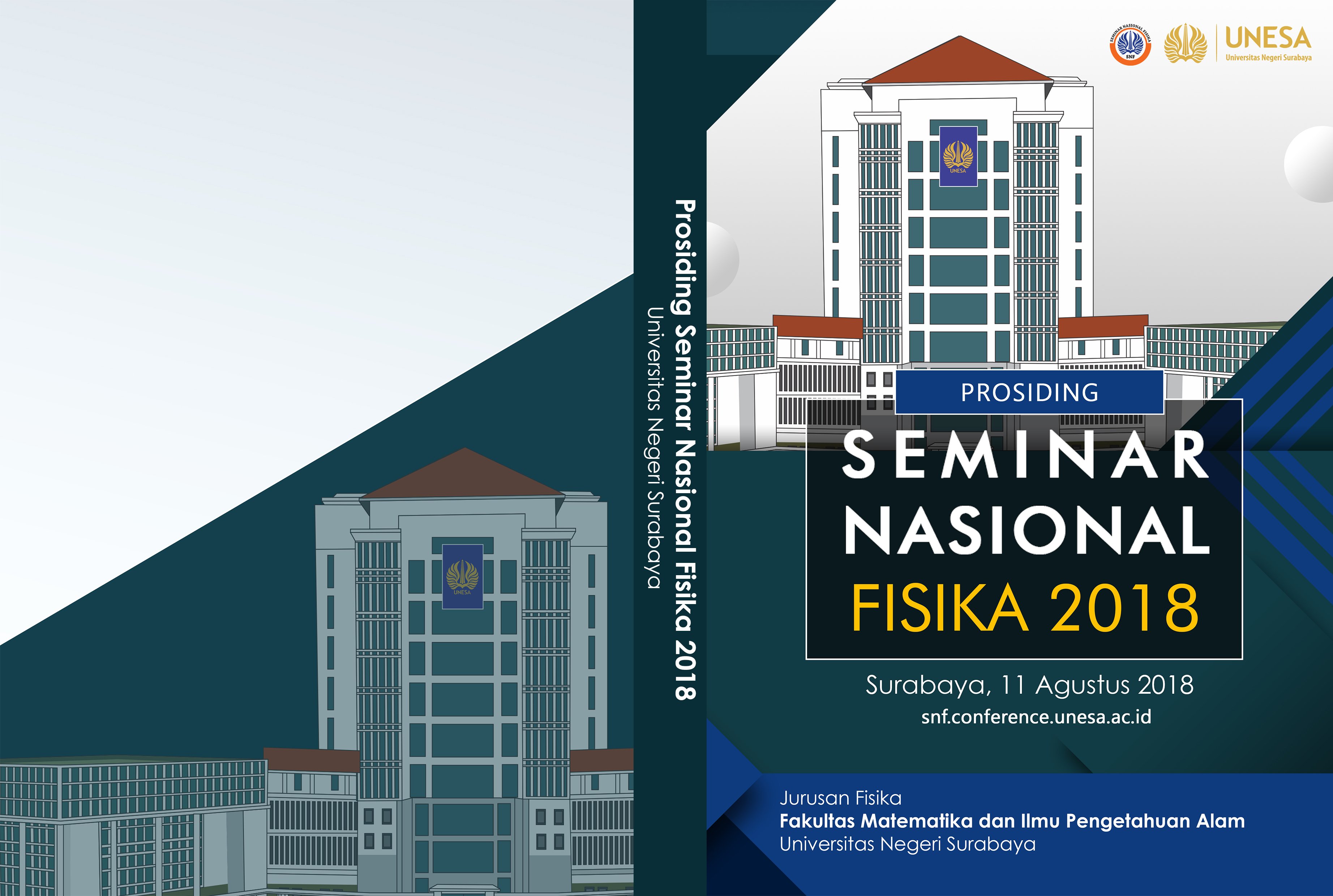The production of electrical energy from microbial fuel cell mix culture uses the Sumedang West Tofu
Abstract
Utilization of microorganism to generate electrical energy is a potential step to obtain alternative energy sources that are environmentally friendly. Microbial Fuel Cells (MFC) is one of the techniques utilizing the activity of microorganisms in breaking the organic material on the substrate to be electric energy with bioelectrochemical principle. The use of substrate on MFC consists of three types namely, compost, Sumedang tofu waste, and mud sediment. The purpose of this research is to see the potential of Sumedang tofu waste into MFC substrate and to find the composition that has the highest power density value. The variations in the volume ratio of the substrate used (compost, tofu waste, mud) are 1:2:1, 1:1:1, 1:1:2, 2:1:2, with an incubation period of seven days and the measurement is every 24 hours. The results showed that 1:2:1 substrate variation was a good composition with the highest output voltage reaching 0.67 volts, a current of 0.014 mA, and power density of 52.99 10-4 mW/m2.

